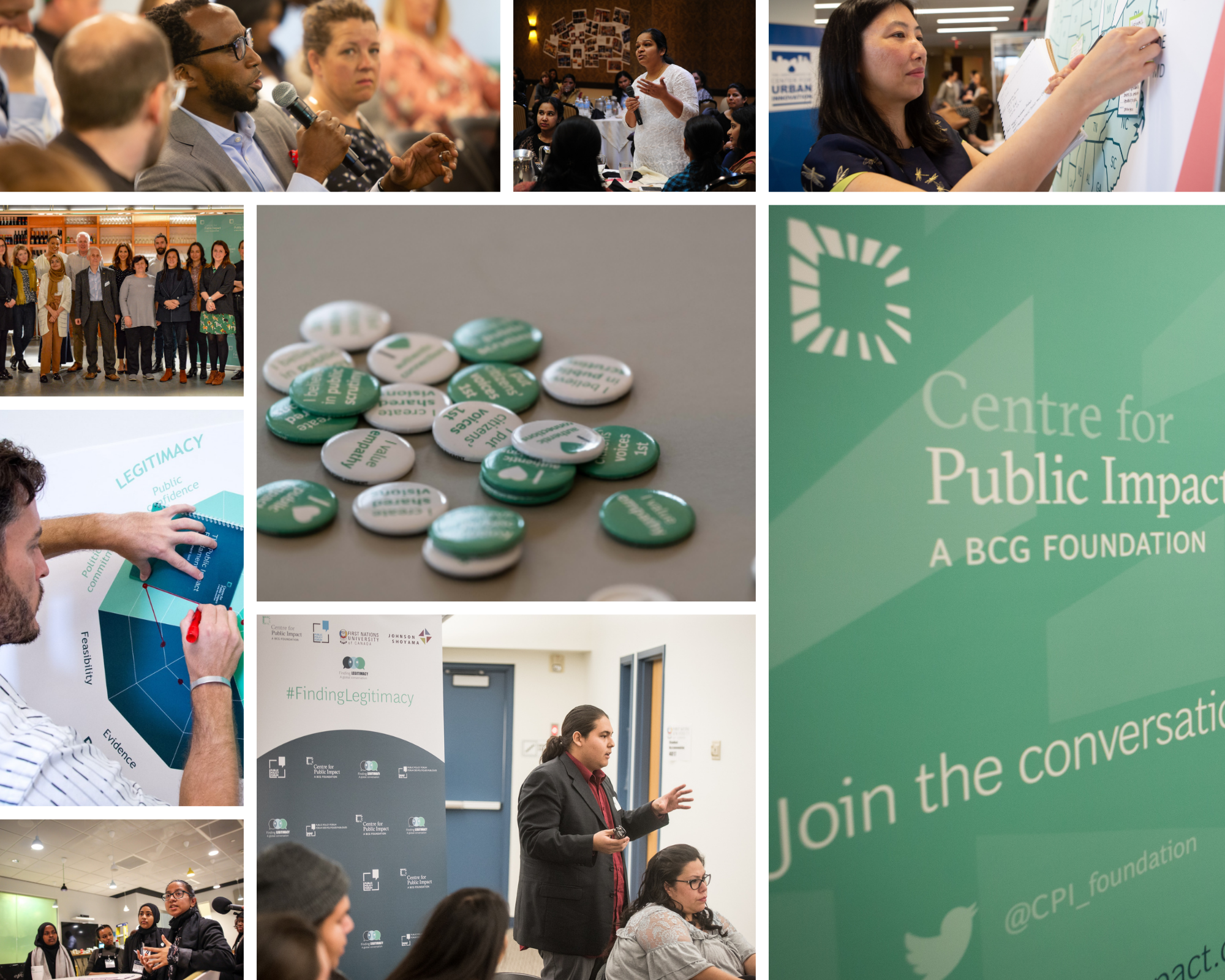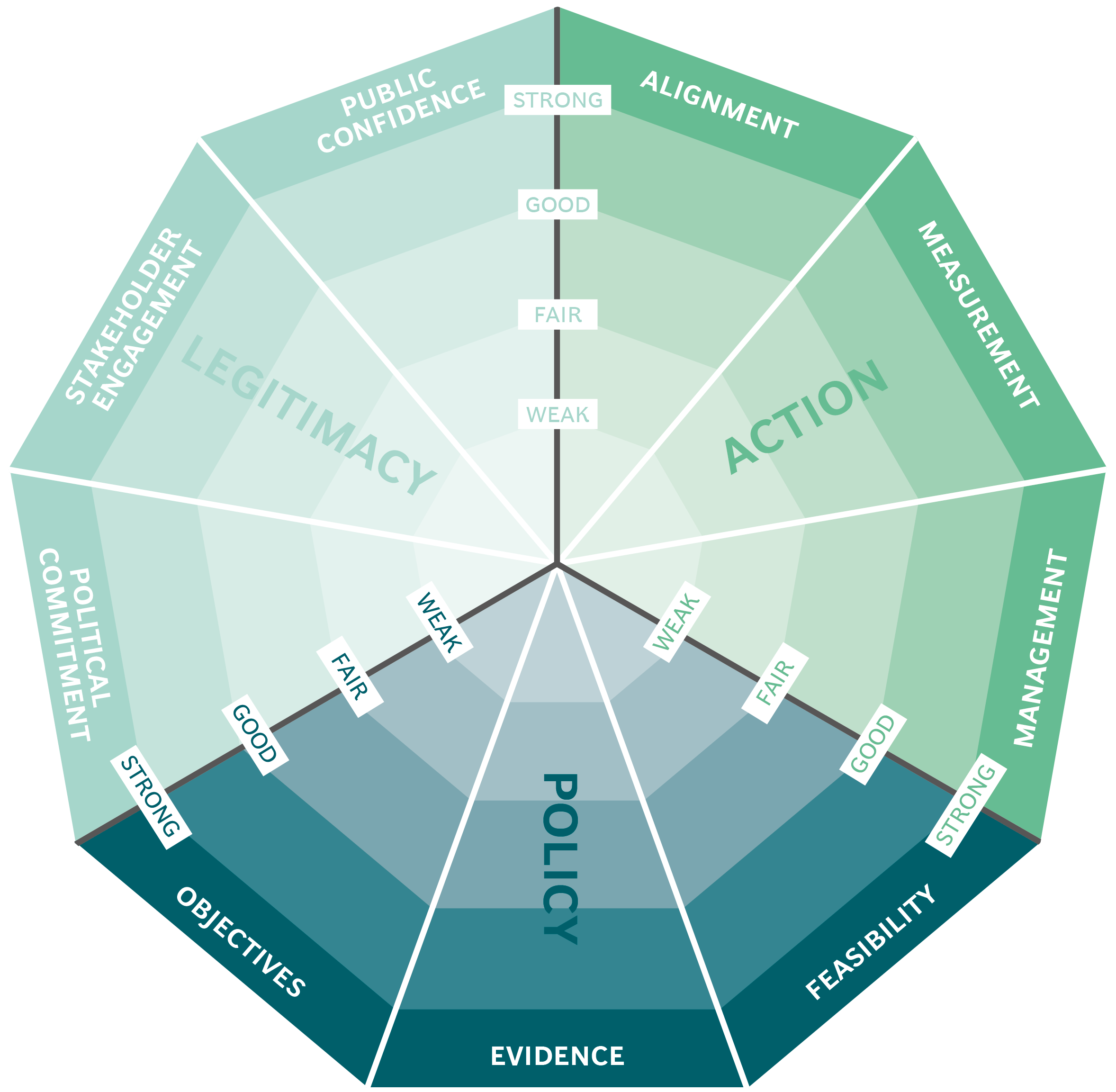
Reforming the civil justice system in the state of Lagos
The initiative
The state government of Lagos instigated judicial reform soon after Nigeria returned to democratic government in 1999. Immediately after his election in late 1999, the state governor, Bola Ahmed Tinubu, created a justice policy committee to review the entire legal system. “The head of this committee, Professor Yemi Osinbajo, commissioned a widely publicised study that showed the judicial system to be suffering from rampant corruption and severe backlogs … As soon as he was appointed attorney general of Lagos in June 1999, Osinbajo started reforming the entire judiciary.” [2]
The objectives of the reforms, as they related to commercial cases, were to:
- Reduce the backlog of cases in the High Court.
- Extend the accessibility of the legal system to the wider population.
- Reduce the average delays and duration of commercial cases before the civil courts.
Almost all the reforms were carried out between 1999 and 2005. The principal reforms were:
- In 2000, as part of the Access to Justice Programme, five free Citizen Mediation Centres were opened in Lagos “as an alternative dispute resolution mechanism”. [3]
- “On 22 May 2001, the Lagos Judicial Services Commission appointed 26 judges from diverse backgrounds to the High Court, bringing the number of judges to 50 and reducing the average age of judges from 55 to 44.” [4]
- A rules committee was formed to oversee the court rules. From April 2002 to early 2003, the committee met at least weekly to review the existing rules.
- In January 2005, the Court Automation Information System (CAIS) went live and began to assign cases randomly to judges, and to calculate court fees automatically. This system helped to reduce the case backlog and the court delays.
These state reforms operated within the context of wider federal reform, principally carried out by “the National Judicial Council, an independent body that can recommend the appointment and the dismissal of judges to the president and state governors”. [5] The Council was created under the 1999 Nigerian Constitution, and set up a review panel of judges in 2001. The removal of corrupt Lagos judges was therefore the responsibility of a federal authority.
The challenge
During the 16 years of the military rule that came to an end in 1999, there was widespread inefficiency and corruption throughout the Nigerian legal system. “In 1997 the average duration of commercial cases before the court of [the state of] Lagos was over four years, and new cases filed in the late 1990s did not stand a reasonable chance of being concluded within a decade. People had no faith in getting justice through the courts.” [1]
A survey of lawyers carried out in 2000 showed that 99 percent of respondents believed that the Lagos judiciary was corrupt. The situation had become so serious that, in May 2000, there were 40,000 commercial cases pending before the High Court, and there were 10,000 new cases being filed every year. There was a pressing need to carry out a radical reform of the judiciary and of the legal system as a whole.
The public impact
The clean-up of the judiciary was extensive. Between 2001 and 2007, the National Judicial Council's review panel “reviewed 130 judges, recommending 8 for dismissal, 15 for compulsory retirement, and 13 for reprimands”. [6] In the Lagos commercial courts, “up to 30 percent of all commercial cases were resolved during the first five months of the proceedings”.
The introduction of the Citizen Mediation Centres in Lagos meant that, by 2007, 17,000 cases reached a mediated settlement, many of which would normally have gone through the courts. In that year, the average duration of a commercial case from filing the claim to the eventual decision was 457 days, a reduction of nearly 40 percent from 730 days in 1999.
Stakeholder engagement
The reforms were mainly carried out on the recommendation of the state of Lagos's attorney-general and Judicial Services Commission. There was significant support from the Ministry of Justice and the National Judiciary Council. The funding was provided by the government. There were specific summits, the Summit of Stakeholders on the Administration of Justice in the 21st Century - in 2000 and 2002 - the first deciding on the need for new court rules, the second to review the draft High Court rules.
The reform programme also received support and input from external stakeholders such as the Human Rights Law Service (HURILAWS), a Nigerian advocacy NGO, and the Nigerian Institute of Advanced Legal Studies, which both helped to draft the new court rules.
Political commitment
Immediately after the state of Lagos elections, Tinubu committed to reform the whole Lagos court system, created a justice policy committee to carry it out and appointed its chairman, Osinbajo, as his attorney general, which indicated that the reform was a government priority.
At the federal level, there was strong support for the clean up of the judiciary, which took place under the aegis of the newly-created National Judiciary Council.
There was a significant amount of money invested in these reforms: “in 2000 and 2001, 22 new courtrooms for the High Court were constructed, and 18 were rehabilitated ... at a cost of more than US$9.6 million”. [7]
Public confidence
Before the initiative, it is reasonable to assume that the citizens of Lagos state had no faith in getting effective justice through the Lagos commercial courts. However, there are no surveys of public opinion on the subject.
Tinubu, who orchestrated the reforms, was elected Governor of Lagos in 1999 and re-elected in 2003, which suggested that the public had confidence in the regional government as a reforming institution.
Clarity of objectives
The broad objective of the Lagos government in this initiative was clear: to establish a well-functioning and accessible legal system. The means to achieve this included a clean-up of the judiciary, which required cooperation from the federal government. Its specific objectives with regard to the commercial courts were also clear: to improve the courtrooms, reduce the case backlog and delays in case management, and increase the accessibility of the process to Lagos state citizens.Strength of evidence
The Lagos state government's main state-level reforms in its initiative to improve the commercial courts in Lagos were to set up Citizen Mediation Centres and to write new court rules for the Lagos High Court.
The main influence on the policy of setting up the Citizen Mediation Centres in Lagos was existing operations such as the community mediation centres in the US.
The inspiration for the new Lagos High Court rules was the reform of the civil justice system of England and Wales, carried out by Lord Woolf in 1996, which had led to the Civil Procedure Rules which came into force in 1999. “HURILAWS, a nongovernmental organization of human rights lawyers, prepared a first set of draft rules, inspired largely by the UK court rules after the Woolf reform. The Nigerian Institute of Advanced Legal Studies then drafted a second set of rules.”
Feasibility
There were a number of issues that required significant funding:
- The infrastructure costs, such as the refurbishment and automation of the Lagos High Court.
- The quadruple increase in judges' salaries, which was designed to reduce their receptiveness to bribes, and benefits such as post-retirement housing.
- The financing of the reforming bodies, such as the Judicial Services Commission and the Rules Committee.
- The creation of the Citizen Mediation Centres.
This funding was made available at state level, for example through the Lagos Ministry of Justice, and at federal level.
Management
The reforms were led by the Lagos attorney general and there were various well-managed institutions that contributed to the relative success of the reforms.
The Rules Committee, which was responsible for overseeing the reform of the High Court rules, consisted of 10 members selected from lawyers in private practice, serving and retired justices, employees of the Lagos Ministry of Justice, and representatives of the Lagos branch of the Nigerian Bar Association.
The mediators at the Citizen Mediation Centres were trained legal counsel, selected, employed and funded by the Lagos Ministry of Justice.
The creation of the CAIS was managed by Justice Abisoye Ayo who previously worked with an IT company in the US. The system enabled close monitoring of weekly progress made by judicial assistants, court recorders and court registrars.
Measurement
There were a number of parameters used to measure the progress of the reforms:
- “The National Judicial Council monitors judicial performance at the federal level. Although the performance evaluation system is still developing and often criticised, judges now know they are being monitored by an institution with disciplinary power.” [8]
- Also, support staff are obliged to submit weekly progress reports on the number of cases they enter in the CAIS. The system enables the analysis of data on the duration of the cases and the level of backlogs.
Alignment
When Yemi Osinbajo was appointed attorney general of Lagos in June 1999, he started reforming the entire judiciary, relying on strong support from Tinubu, the state governor.
The state government coordinated its reform of the judiciary with the federal agency, the National Judiciary Council. A review team worked with the National Judiciary Council to remove corrupt judges and to make the judiciary more efficient and diverse.
The state-level reform of court rules brought together the main stakeholders in two stakeholder summits (in 2000 and 2002, see Stakeholder engagement above). The Rules Committee brought together a number of interested parties in a collaborative redrafting of the rules: Lagos lawyers in private practice, serving and retired justices, employees of the Lagos Ministry of Justice, and representatives of the Lagos branch of the Nigerian Bar Association. There were also human rights lawyers and academic lawyers working with the Rules Committee to draft the rules.

The Public Impact Fundamentals - A framework for successful policy
This case study has been assessed using the Public Impact Fundamentals, a simple framework and practical tool to help you assess your public policies and ensure the three fundamentals - Legitimacy, Policy and Action are embedded in them.
Learn more about the Fundamentals and how you can use them to access your own policies and initiatives.
You may also be interested in...


Combating electoral corruption and violence in the Philippines

Curbing electoral violence in Guyana

Seizing the moment: rebuilding Georgia's police

A Blueprint for Transparency: Integrity Pacts for Public Works
